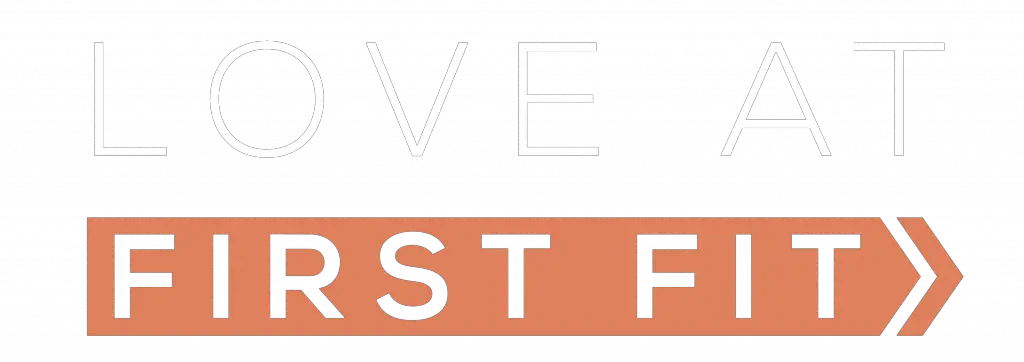Strong abs are a sought-after quality in the gym. You may find yourself struggling to see results by simply doing sit-ups every other day. Progressive overloading them could be the solution to the hypertrophy you’re looking for.
A misconception about abs is that you need to remain in a calorie deficit and do loads of cardio to attain them. However, like any other muscle you train, abs can be developed through strength training.
If you wish to progressive overload abs, make them a priority in the gym. Don’t push them off until the end of your workout. Instead, create a plan to attack your abdominal and oblique muscles through strength and conditioning training and diet.
How To Work on Different Parts of Your Abs
Being able to activate each part of your abs is the key to seeing functional and aesthetic results. There are scientific names to each area, but they break down to these simple parts:
- Upper Abdominal
- Lower Abdominal
- Obliques (sides)
Upper Abdominal
One of the easiest areas of the abs to activate, the upper abdominal region has a plethora of exercises to choose from. The common movement for this area is having your chest brought to your knees.
The common exercises for this are sit-ups, mountain climbers, and hanging knee raises. The upper abdominal region is where you’ll likely see most ab exercises targeting.
Lower Abdominal
This region is where people seem to struggle the most to activate. The lower abdominal area is targeted during exercises that allow for spinal flexion with posterior rotation of the pelvis.
Exercises usually involve keeping your legs straight and putting them in the air because this puts more tension on the lower torso and pelvis. Common exercises are leg lifts, strict toes to bar, and scissor kicks.
Obliques
The obliques, or the sides of the abs, require a different motion to most ab exercises. This requires retraction and expansion of the sides through stretching and flexing. Exercises include side bends and side planks.
A good progressive overload program will include a few exercises for each of these areas to fatigue the entire ab region. Mix up the exercises to shock the muscles so they are less likely to adapt to the workload.
Below is a routine that hits each ab muscle for a balanced workout:
| Plank | Side Plank | Scissor Kicks | |
| Set 1 | 60 seconds | 30 seconds each side | 45 seconds |
| Set 2 | 60 seconds | 30 seconds each side | 45 seconds |
| Set 3 | 60 seconds | 30 seconds each side | 45 seconds |
| Set 4 | 60 seconds | 30 seconds each side | 45 seconds |
How often can I Progressive Overload Abs?
Abs are one of the few muscles that can be done more than two times per week. Their maximum recoverable volume far exceeds other muscles.
The recommended range of ab sets per week is anywhere from 20 to 60 sets. This is assuming you are doing around three to four ab exercises per workout they are included in.
Type of Progressive Overload Training
If you are looking to add weight increases, there is the equipment you can use. Try using a weight vest during applicable exercises. Many ab exercises use your body weight, so this is a way to add overload through weight increase.
Medicine balls are also useful for ab training. Progressively go up in weight increments to push your abs to complete your rep goal.
Progressive overload can involve high weights and low reps, but for ab progressive overload, it’s best to stick to reps no lower than eight. This is because low reps get replaced with isometric training.
What is Isometric training
This is the tightening of a specific muscle group. The muscle typically remains in a static position and the exertion comes from squeezing the muscle.
Isometric training is a great progressive overloading tactic to reach high intensity levels. There are ab exercises that solely use isometrics and there are exercises where it can be implemented into holding and contracting each rep.
The most common example is a plank. Staying in the plank position while squeezing the specific ab area you are targeting will yield a prominent muscle activation. Other exercises such as left lifts give you the opportunity to hold your legs in an upright position and use isometric training.
If you are trying to figure out how long to keep your muscles contracted during a set, there are a few options for you.
First, do as much as you feel you can. Don’t stop doing a plank at 20 seconds if you feel like you could comfortably go another 30 seconds. Find a time where you feel like you may fail and shoot around this range.
Some examples of isometric training in your progressive overload ab routine may look like this:
| Plank (30 second rest time) | Leg Lifts (hold last rep for 10 seconds) | |
| Set 1 | 60 seconds | 10 reps |
| Set 2 | 60 seconds | 12 reps |
| Set 3 | 60 seconds | 12 reps |
| Set 4 | 60 seconds | 15 reps |
Limit Rest Times
Keep tension on your abs by decreasing rest times. If you want to maintain tension on each ab muscle, cycle through one set of each of your ab exercises in one continuous superset. You can then give yourself a 60 second rest time and repeat the process.
Abs are just as much a mental battle as they are a physical one. Following shorter rest times can help you realize your body has more endurance than you think.
Diet That Can Help
There’s no need to fall into the notion that you need to eat salads all day and do intense cardio to get abs. Abs should get treated like any other muscle, in that, they need sufficient calories, protein, and vitamins to grow.
People can forget about the functional capabilities of the core and fixate on the aesthetics. While eating cleaner and consuming less calorie dense foods will portray abs more, they may not be as strong.
Providing your abs with sufficient foods in the growth process will assist you with other exercises you complete in the gym. You also have the option to engage in a cut, or a calorie deficit period, so after you have grown your abs in strength, you will be able to expose that 6 pack.
Strong abs and core are vital to every workout you do in the gym. Knowing how to activate your abs in different movements starts with being able to progressive overload your abs through a variety of exercises.

Austin is the author of loveatfirstfit.com and a personal trainer with extensive knowledge in nutrition. Austin is passionate about helping others to find a suitable healthy lifestyle and feel good about themselves. Austin’s goal is to help people push their limits and achieve their physical performance.

